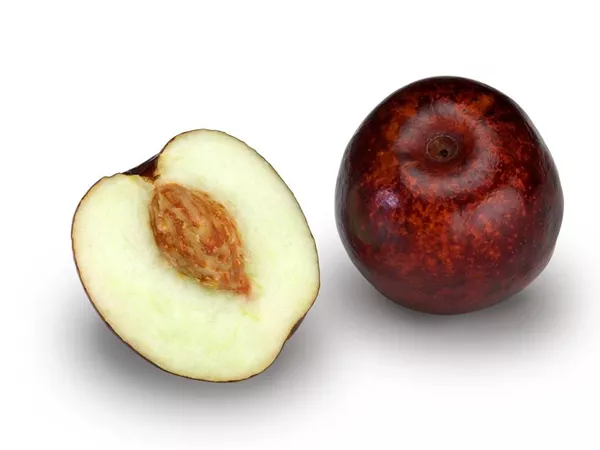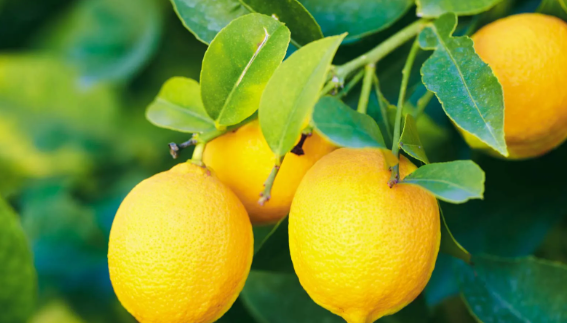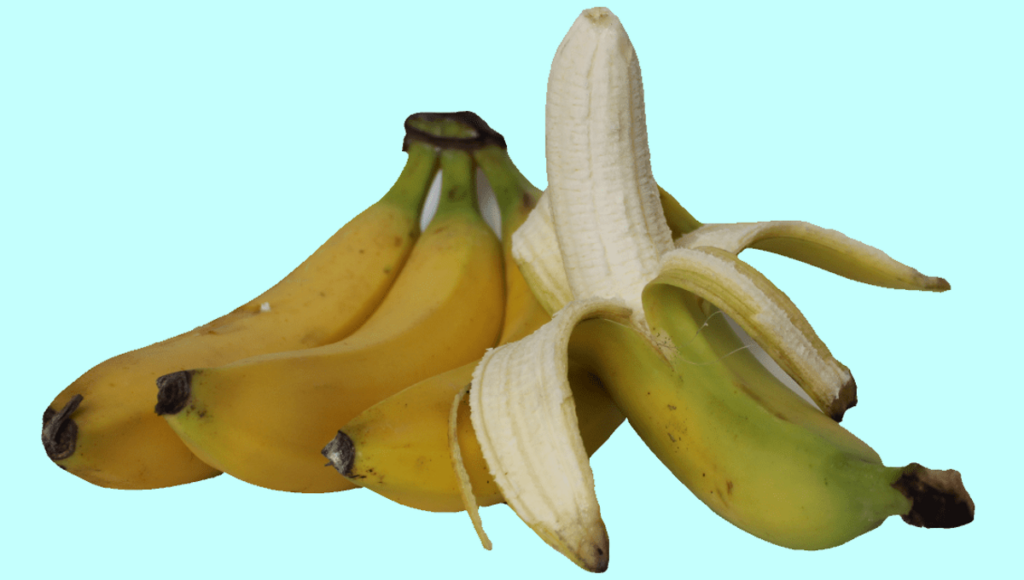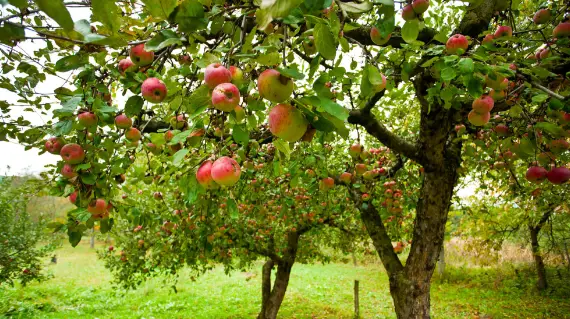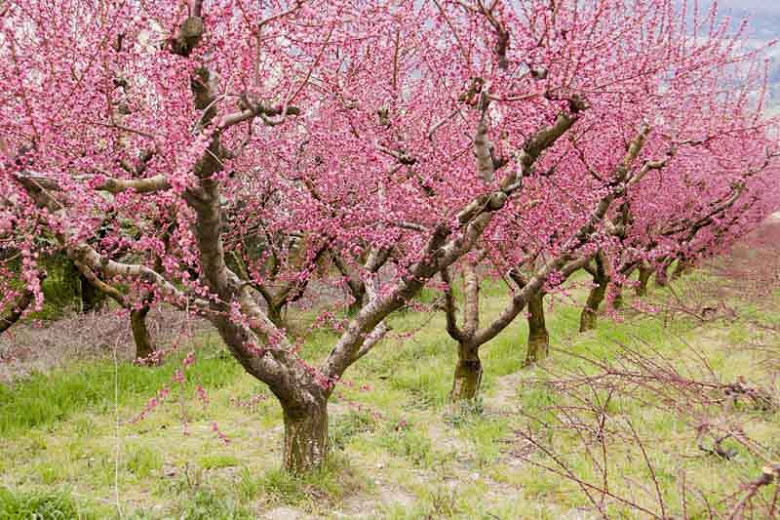A lot of people think bananas only come from places like the Philippines, Ecuador, or Costa Rica, because these countries are warm and tropical. But did you know that some bananas are grown in the USA too? Even though it’s not a lot, it’s still pretty interesting. We’re going to talk about where in the USA you can find bananas, why they’re good for you, and how they affect the economy in America.
Table of Contents
- A Look at Bananas Around the World
- Growing Bananas in the USA
- Bananas and the US Economy
- Challenges for US Banana Growers
- Wrapping Up
- Frequently Asked Questions
- Why are bananas imported instead of grown in the USA?
- What different kinds of bananas are grown in the USA?
- Do bananas from Hawaii taste different from those from other countries?
- Can you make money growing bananas in the USA?
A Look at Bananas Around the World
Bananas are super popular all over the world because they’re sweet, easy to carry around, and full of good stuff for your body. But they like warm places to grow, which is why they’re usually not from the US. Most of the bananas we eat in America come from other countries.
Growing Bananas in the USA
America doesn’t grow a lot of bananas, but there are some places where banana farms can be found. These are in states with the right weather, like Hawaii, Florida, and Puerto Rico.
In Hawaii, bananas have been grown since the 1800s, and it’s the biggest banana producer in the USA. Most of the bananas grown in Hawaii are the Cavendish type, which Americans really like. Florida also grows bananas, but only in the very south where it’s kind of tropical.
Puerto Rico has a history of growing lots of bananas, but not as much anymore because it’s cheaper to buy them from other countries. They still grow some bananas, but mostly just for people on the island to eat.
Down in southern Florida, there are some farms growing bananas for sale. The weather there is just right for growing bananas, even though it’s not a huge part of their farming business.
And don’t forget about some areas in southern California, like San Diego and Los Angeles. They have nice weather that’s cool enough for growing bananas, even though it’s not a big part of what they do.
Last but not least, Hawaii’s awesome climate is perfect for bananas. Their volcanic soil and tropical weather mean the bananas do really well there, and some are grown on farms while others are just for the people who live there.
Bananas and the US Economy
Bananas are a big deal around the world, and in the USA, they’re one of the top fruits people eat. America buys more bananas from other countries than anyone else. This means jobs for lots of people in shipping, selling, and other parts of the business.
For the countries that grow bananas, it’s really important too. Exports help them make money and support their economy.
Americans eat tons of bananas – billions of pounds each year. Since we can’t grow enough here, we get them from places like Ecuador, Guatemala, and Costa Rica, so there’s always plenty of bananas in the stores.
Challenges for US Banana Growers
It’s not easy growing bananas in the US because they need a warm, humid place without any frost. Only a few places have that kind of weather all year round.
Most of the country gets too cold in the winter for bananas. So if farmers want to grow them, they need special warm places like greenhouses, or they need to be in just the right spot.0
It’s also tough to compete with imported bananas because there are so many kinds, and they’re usually cheaper. Because other countries can grow a lot and move them around efficiently, we often end up buying those instead of ones grown in America.
Wrapping Up
Even though the US doesn’t grow a lot of bananas, we sure do eat a lot! The ones we enjoy often come from countries with the perfect weather for growing bunches of bananas. Places like Ecuador, Guatemala, and Costa Rica are big suppliers for us.
But there are some spots in America, like little corners of Florida, California, and of course Hawaii, where farmers are growing their own bananas. They might not make a ton, but they offer something special for people looking for local bananas.
Frequently Asked Questions
Why are bananas imported instead of grown in the USA?
Bananas are mainly brought in from other places because they need warm, tropical weather to grow. Only some parts of the US, like Hawaii, Florida, and Puerto Rico, can grow bananas because they have this kind of climate.
What different kinds of bananas are grown in the USA?
The Cavendish is the usual banana grown in the USA. But there are other types too, like the Lady Finger, Apple, and Red Banana.
Do bananas from Hawaii taste different from those from other countries?
Bananas from Hawaii taste kind of like the ones from other places, but they might be a bit sweeter and have a stronger flavor because of the great weather and soil in Hawaii.
Can you make money growing bananas in the USA?
Growing bananas in the USA isn’t a big money-maker. The farms here are smaller compared to those in countries like Ecuador and Costa Rica where they can grow bananas much better because of the weather.
